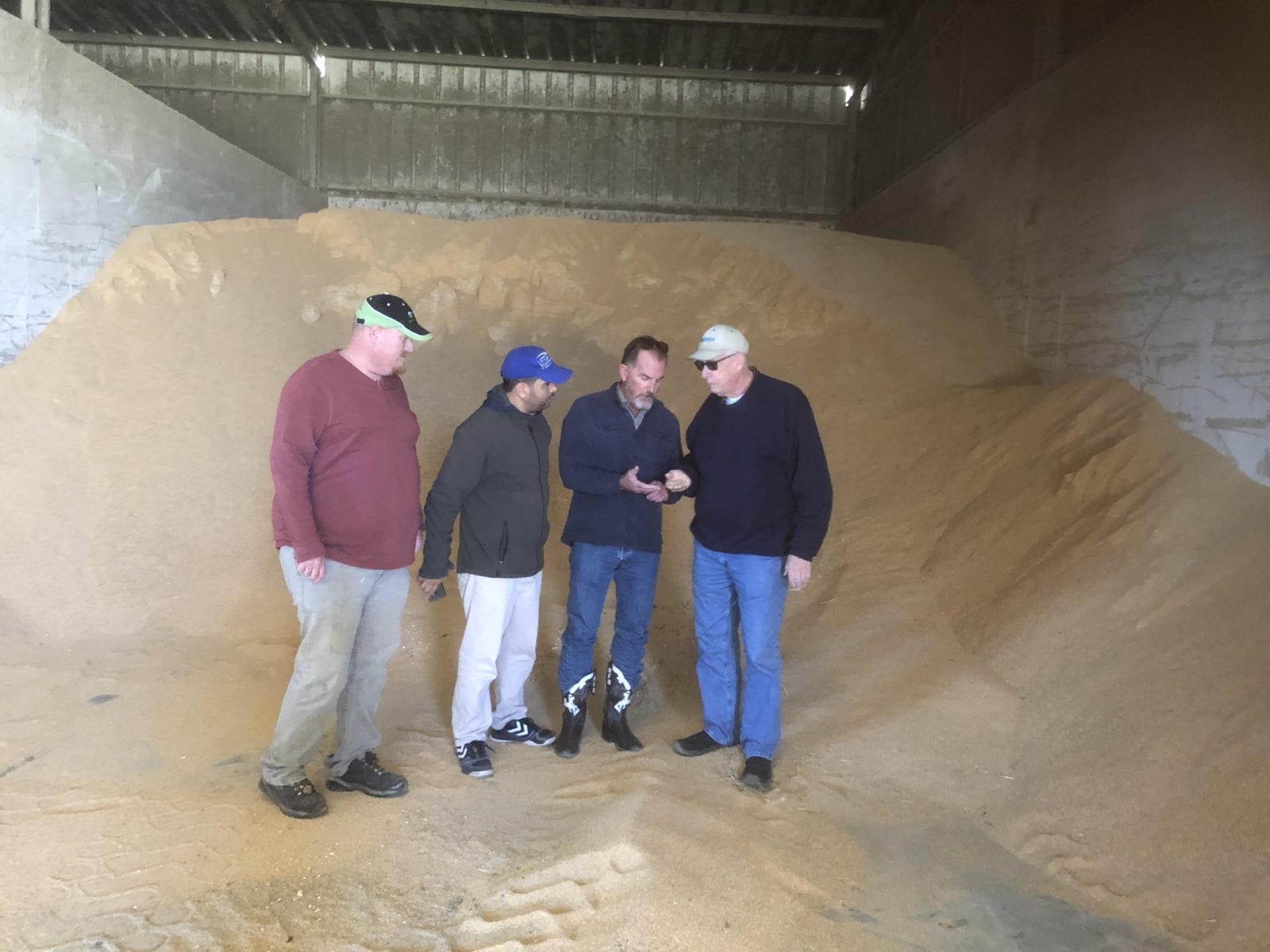Dairy Nutrition Workshops Help Moroccan Customers
- Category:
- Animal Utilization
- General News

USSEC’s in-house “Nutrition of the Dairy Herds" one-on-one workshops organized December 16 to 20 in Morocco aimed to further expand knowledge about the nutritional and economic benefits of the use of U.S. soybean products in dairy herd feeding. Randy Bowen, Nutrition and Dairy Management Consultant, Valley Nutrition, discussed the nutrition and feeding of lactating and dry cows during visits of high producing dairy cows operations in Morocco.
Soy products (soybean meal, soy hulls, soy bypass proteins, etc.) usage is increasing in dairy feed, sustained by a higher understanding of their nutrients’ supplies. Large dairies are currently using soybean meal at a range of 1.5 to 2.0 kilograms (kg) per cow per day with the addition of least cost alternative protein sources. Using high quality ingredients such as U.S. soybean meal, incorporated in balanced feed formulation with a good quality forage ration allow optimization of dairy performance. Illustrating how higher soybean meal inclusion results in higher milk flow and total components leads to potentially double usage to three to four kg per cow per day. Evaluation of the larger herds to find potential limitations to ration formulation and management roadblocks is the key to an increase in usage.
After poultry, dairy constitutes a key driver of soybean meal demand in the market, which is the largest importer of U.S. soybean meal in the Maghreb region, more than a half million tons last year.
Per capita consumption of dairy products is projected to reach about 140 kg by 2020, from 42 kg five years ago. The development of modern dairy operations and the consolidation of smaller units are the way to double dairy production by 2020, objectives of Morocco’s “Green Plan.”1,400 million liters of milk are produced annually with a national herd of about 1.2 million dairy cows.
As a result of the technical workshops, dairy producers and farm owners are more informed of the importance of good feeding and a nutrition program to achieve higher performance and expand business opportunities, ultimately resulting in increased demand for U.S. soybean products, particularly in high production dairy herds. Proving through case studies that dairies significantly increase milk and components with increased soybean meal use constitutes a key element of future technical assistance programs watching out for managerial limitations, which would negate the positive results of feeding soybean meal.
A dairy manager of a large dairy operation indicated his satisfaction in obtaining good performance when using US hipro soybean meal, as compared to meals from other origins, to the local USSEC consultant.




